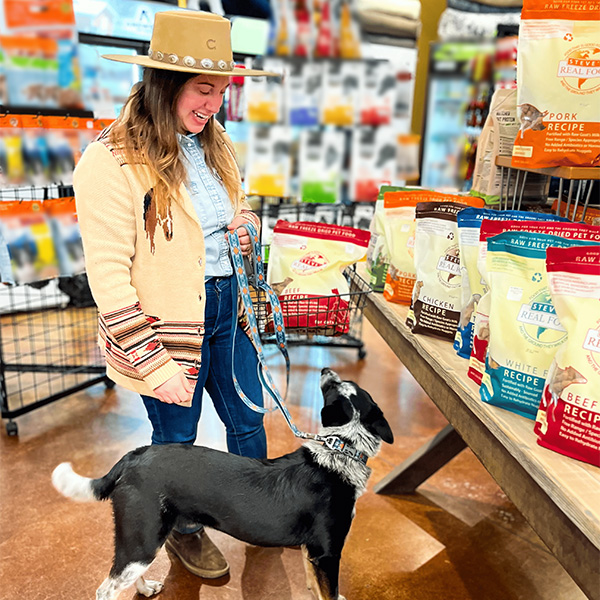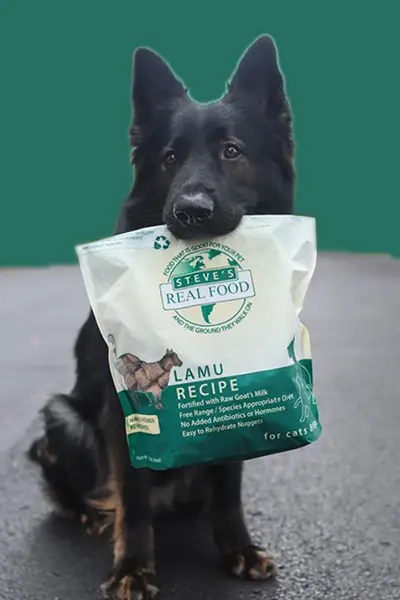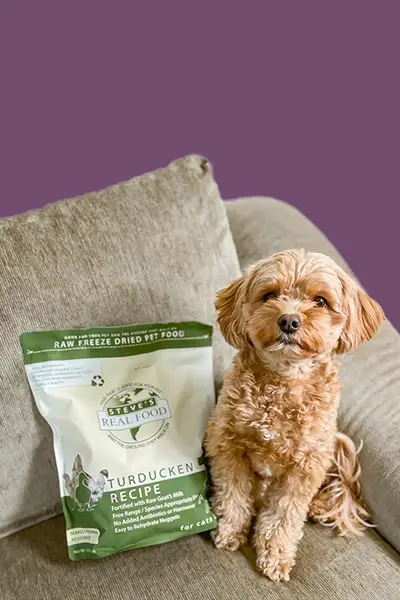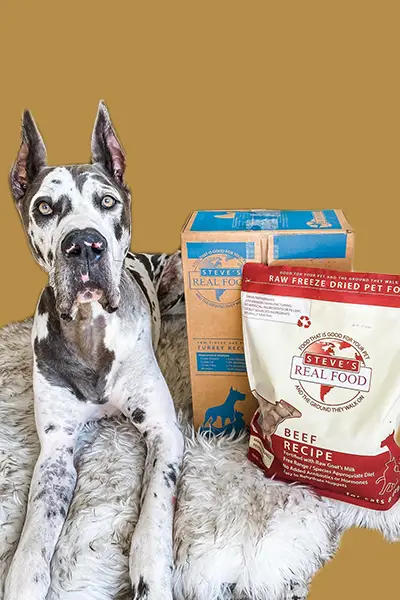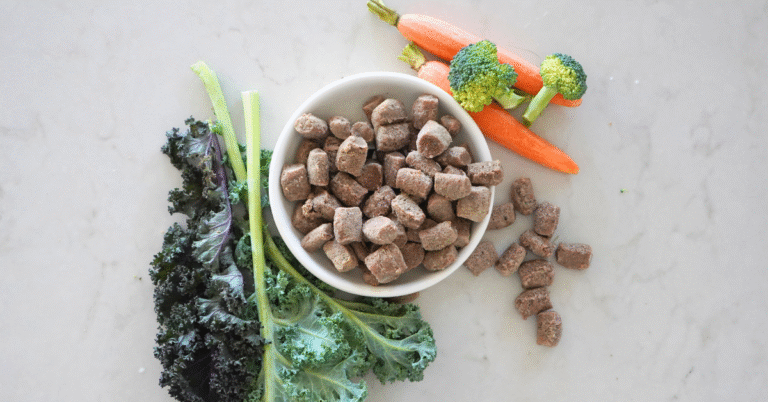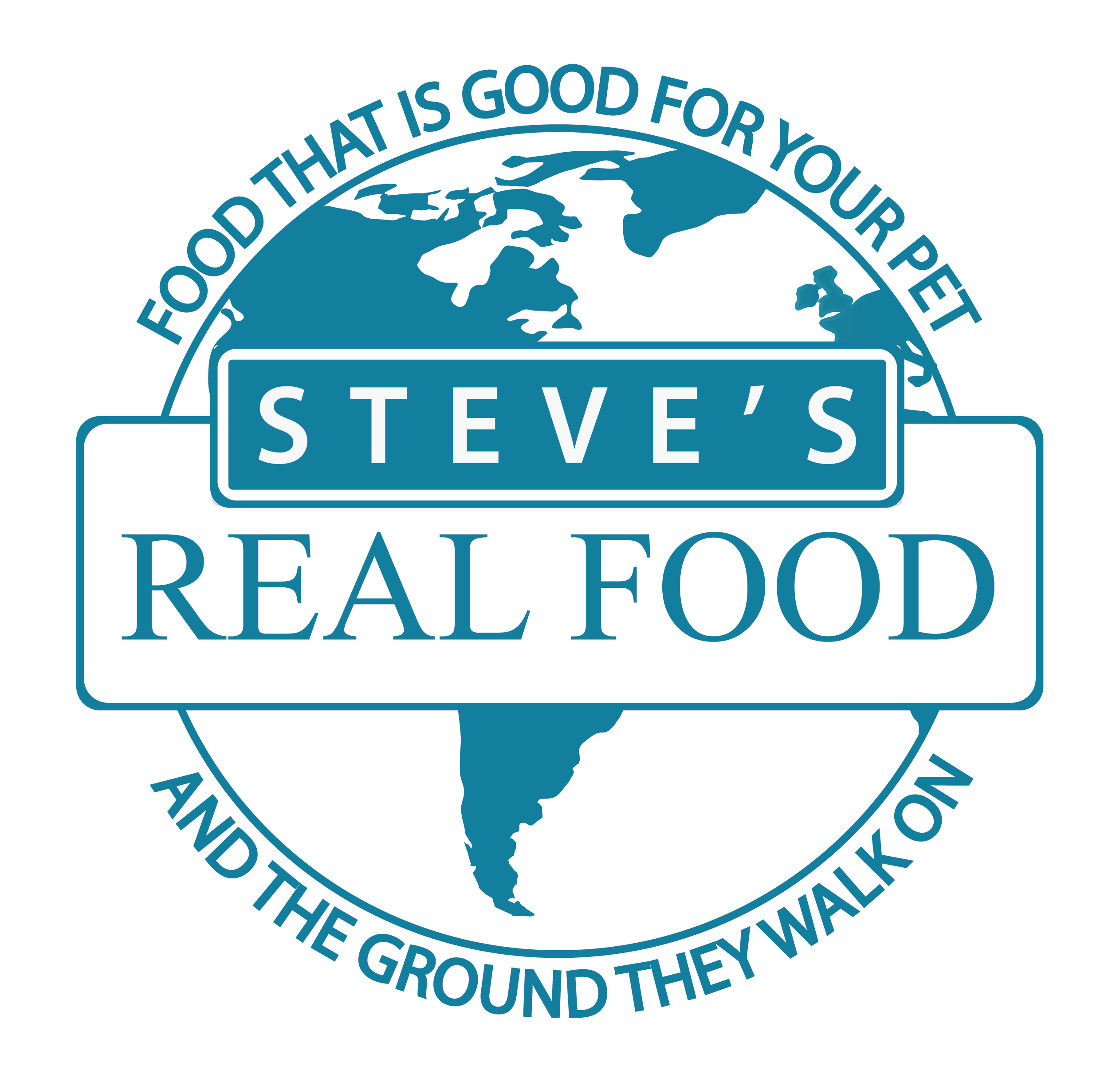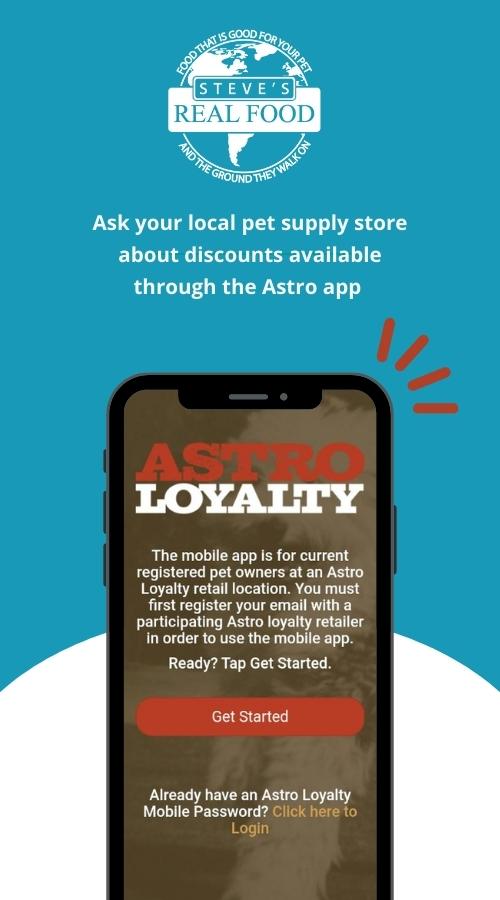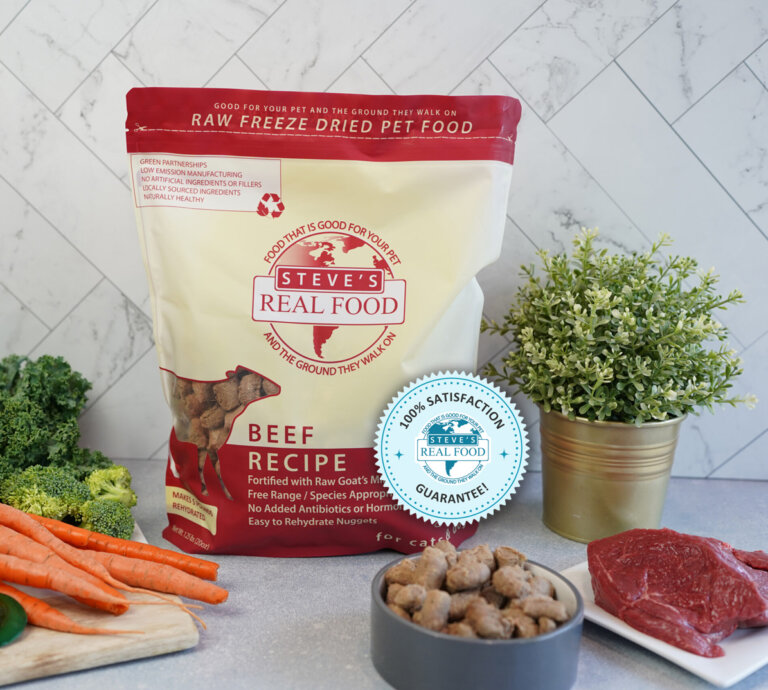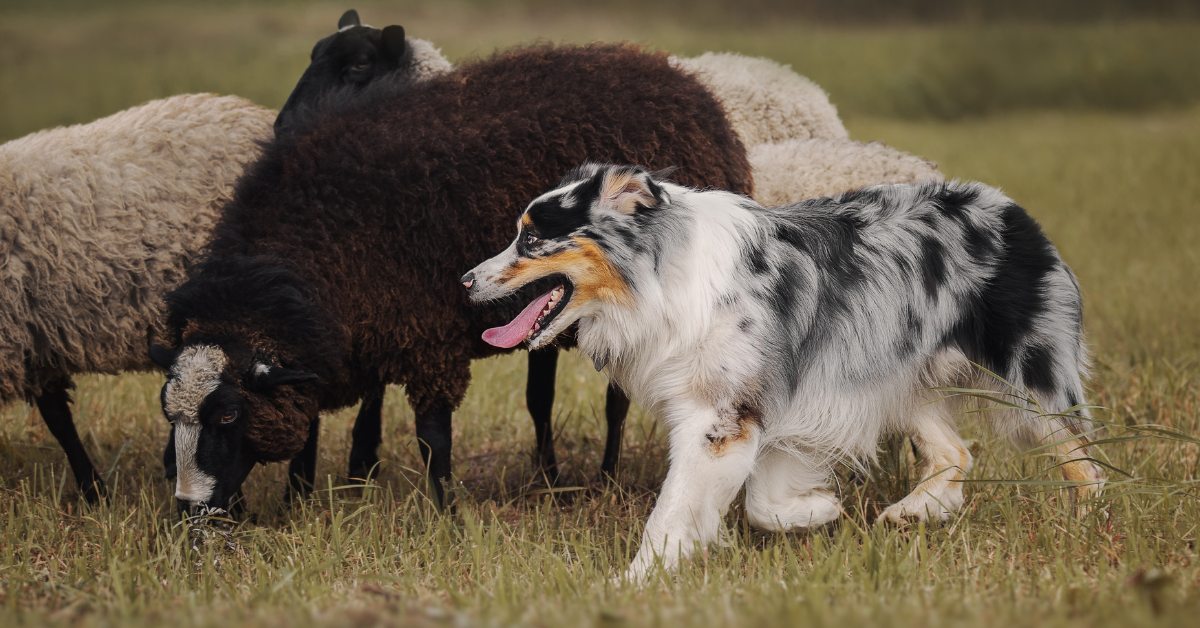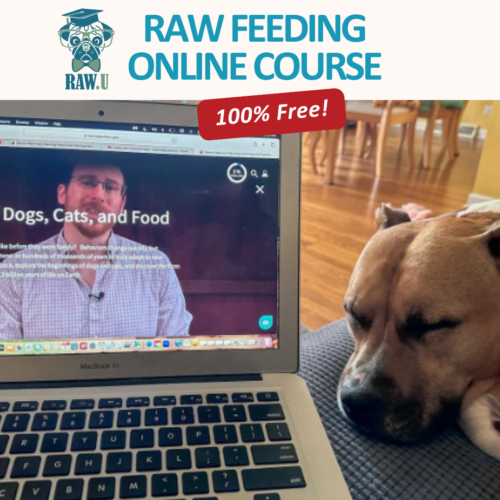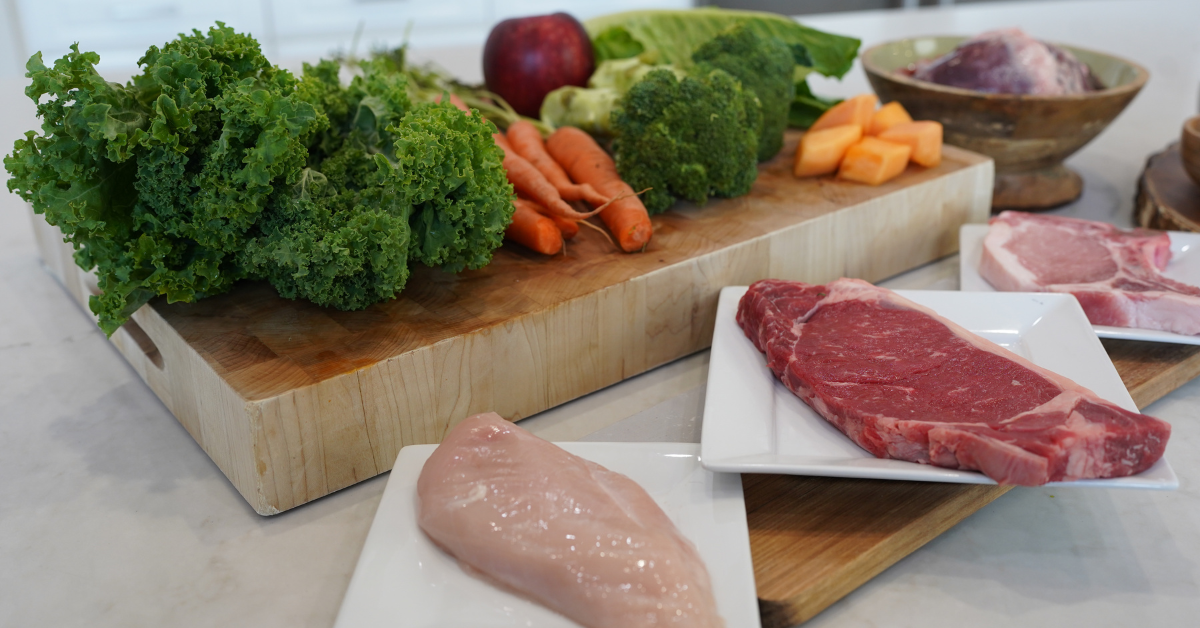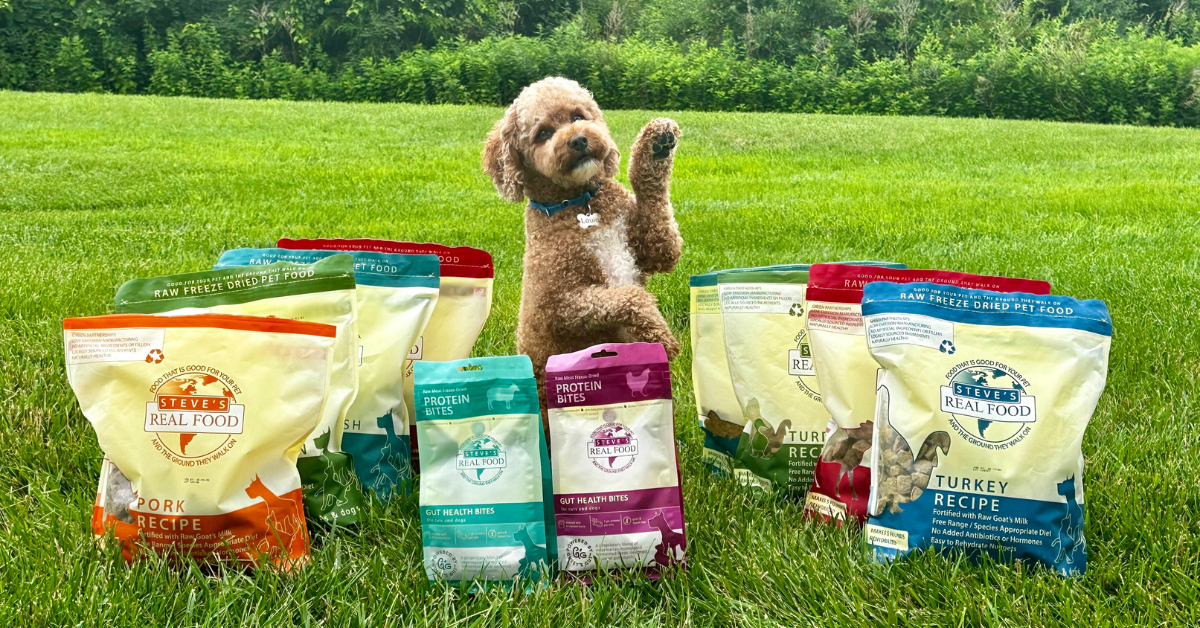As anyone who has completed a long-distance run can tell you, much of the way you feel after exerting yourself will depend on the food you ate. This principle holds true for animals as well. Working dogs such as law enforcement dogs, sled dogs, service dogs, hunting dogs, and herding dogs generally have higher nutritional requirements than those set by AAFCO when compared to non-working dogs. Meeting these nutritional needs is the key to ensuring working dogs perform at their best. Feeding the best dog food for working dogs with sustainable energy and healthy nutrients is a great way to thank these dogs for everything they help us do. Read on to learn more about selecting a pet food that will meet your working dog’s needs.
What is Classified as a Working Dog?
Usually, working dogs are larger breeds that are trained to perform a certain task such as sledding, farming, herding, and hunting dogs. The most common working dogs include Akita, Alaskan malamutes, Border Collie, Belgian Malinois, Doberman pinschers, GiaSchnauzersers, Rottweiler, Australian Shepherd, Newfoundland, and Siberian Huskies. However, working dogs come in all sorts of shapes and sizes and you may have a Dachshund that helps hunt tunneling animals, or even a Welsh Corgi herding chickens.
How Much Should a Working Dog Eat?
Generally speaking, working dogs will need anywhere from 1.5 to 2.5 times the amount of food as a less active dog. Working dogs who are operating in very hot or cold environments will need even more food.
Working dogs also have greater hydration needs than less active dogs. Because dogs can’t sweat, most of their water loss comes from the surface of their tongue or the pads of their feet—and during heavy exercise, they can lose 10 to 20 times more water than normal.
What to Look for on the Ingredients and Guaranteed Analysis Panels
There are a few things to keep in mind when evaluating your working dog’s food choices. Working doges require specific levels of proteins, carbohydrates, fats, vitamins and minerals, and water. But the proportions (and quality) of each of these ingredients will dictate how healthy they are for your pup.
- Working dogs need a high protein diet to build and maintain strong, healthy muscles. However, not all proteins are created equal. The best pet foods for working dogs have a real animal protein as the first ingredient such as Turkey, Pork, or Beef, rather than “meat meal.”. Dog food with corn, grains, or soy protein as the first ingredient isn’t likely to provide the nutritional profile your working dog needs to perform at his peak.
- Working dogs also need a food that provides them sustainable energy, and has a relatively high fat content. If looking to feed a raw diet, a prey model is higher in protein and fat, and is ideal for working/performance dogs that need more calories to keep on weight. Dogs eating a grass-fed and grass-finished meats, like in Steve’s Real Food, will be eating meats with more natural contents of Omega 3 & Omega 6 fatty acids.
- Working dog food should support healthy joints as their work can be hard on a pet’s joints. Look for ingredients that contain glucosamine and chondroitin like Eggshell Membrane that promote healthy joint function.
- Finally, there is no reason for dog foods to contain artificial flavors, colors, sweeteners, or other additives. These substances don’t provide any added benefit and, in some cases, may actually harm your pet’s health.
Always read the ingredients panel carefully to make sure you understand everything your dog food contains.
The DOs and DON’Ts of Feeding Working Dogs
Here are just a few of the “DOs and DON’Ts” you’ll want to keep in mind when making any changes to your working dog’s diet.
- DO: Encourage Hydration: Water is the most important element in any working dog’s diet. Making water available and encouraging your working dog to take water breaks is key to avoiding dehydration.
- DON’T: Make Sudden Changes: Dogs can be sensitive to sudden or drastic changes. If you are planning on changing the food you provide your working dog, it’s a good idea to make any changes to your dog’s diet slowly, incorporating the new food over the course of 2-4 weeks. This same principle holds when you adjust your dog’s food intake. Just because your dog is getting plenty of exercise doesn’t mean that their stomach is equipped to handle double or more the volume of food it normally processes—increasing their food supply overnight may lead to some digestive upset. Adjust the amount of food you offer your pup by no more than 20% a day (or less) until you’ve reached an amount that allows them to maintain a healthy weight and energy level.
- DO: Begin with Label Recommendations: Your dog food label should indicate a recommended amount of daily food based on your dog’s size and weight. Although your working dog will usually need more than this recommended amount, a slow increase is the easiest way to identify the amount of food your dog needs to maintain their weight at their current activity level. Your dog’s individual metabolism and how much exercise they’re getting will determine how much to feed. A dog at an ideal weight will have a waist when viewed from above, and you should be able to easily feel your dog’s ribs when lightly running your hands across its sides.
- DON’T: Feed Your Dog Immediately Before or After Strenuous Exercise: Exercise requires one’s body to do a lot at once and eating immediately after strenuous activity can cause digestive upset or discomfort. Putting off their meal until they’ve cooled down a bit is the best way to avoid diarrhea, cramps, and other uncomfortable side effects.
Try Steve’s Real Food for Your Working Dog
Steve’s Real Foods frozen raw prey diet is ideal for working dogs—it includes only USDA-inspected, free-range meats. The frozen raw prey diet is far higher in fat and protein than other dog foods on the market, giving your pup the energy, they need to perform at their highest level.
To learn more about getting started with Steve’s, visit our Feeding Calculator and Transitioning Tips resources.
Find a store near you using our Store Locator or buy online at RawPetFood.com, the official online store of Steve’s Real Food!
 Beef
Beef Chicken
Chicken Whitefish
Whitefish Pork
Pork Lamb
Lamb Turkey
Turkey Turducken
Turducken All Protein
All Protein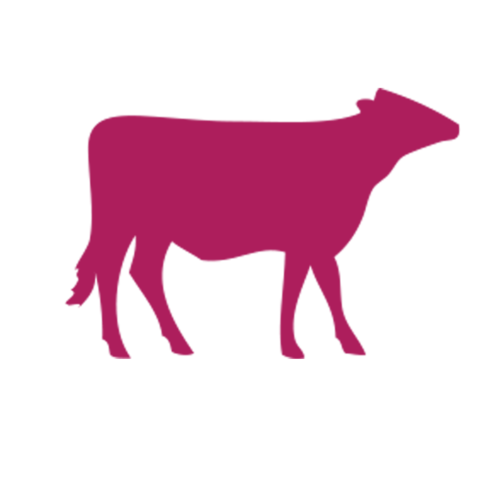 Beef
Beef Chicken
Chicken White Fish
White Fish Pork
Pork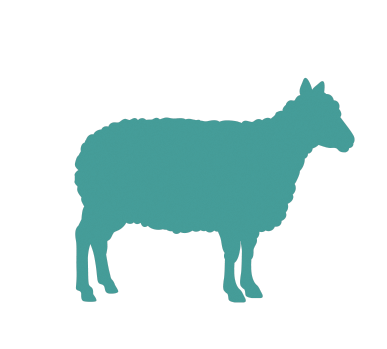 Lamb
Lamb Turkey
Turkey Duck
Duck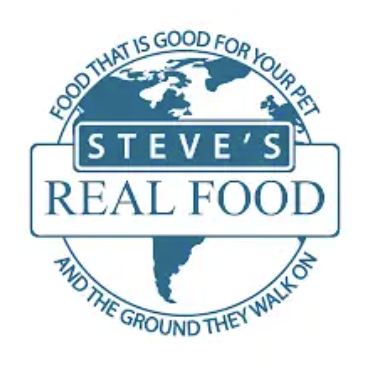 All Products
All Products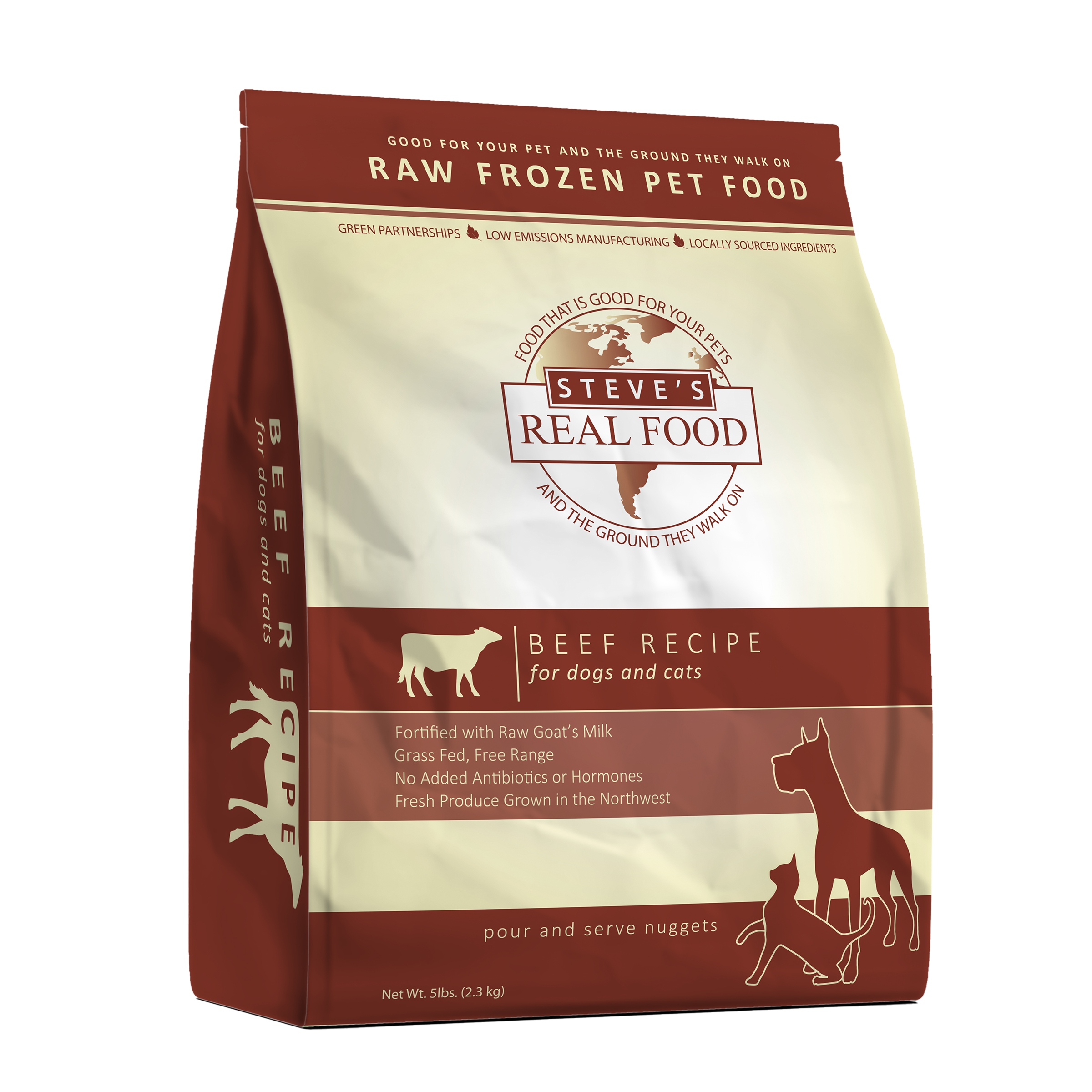 Frozen Raw Pet Food
Frozen Raw Pet Food
 Freeze Dried Raw Pet Food
Freeze Dried Raw Pet Food
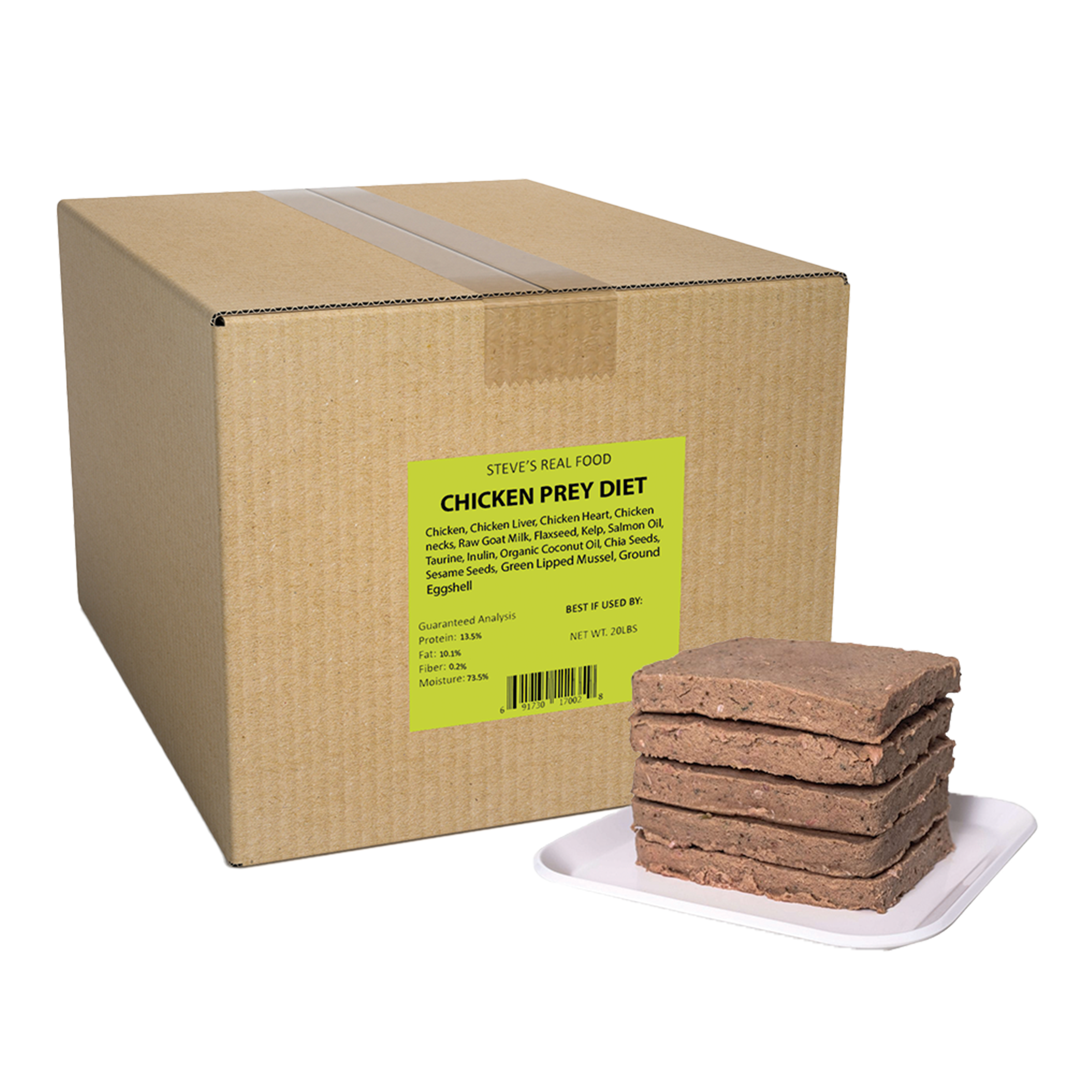 Frozen Prey Diet
Frozen Prey Diet
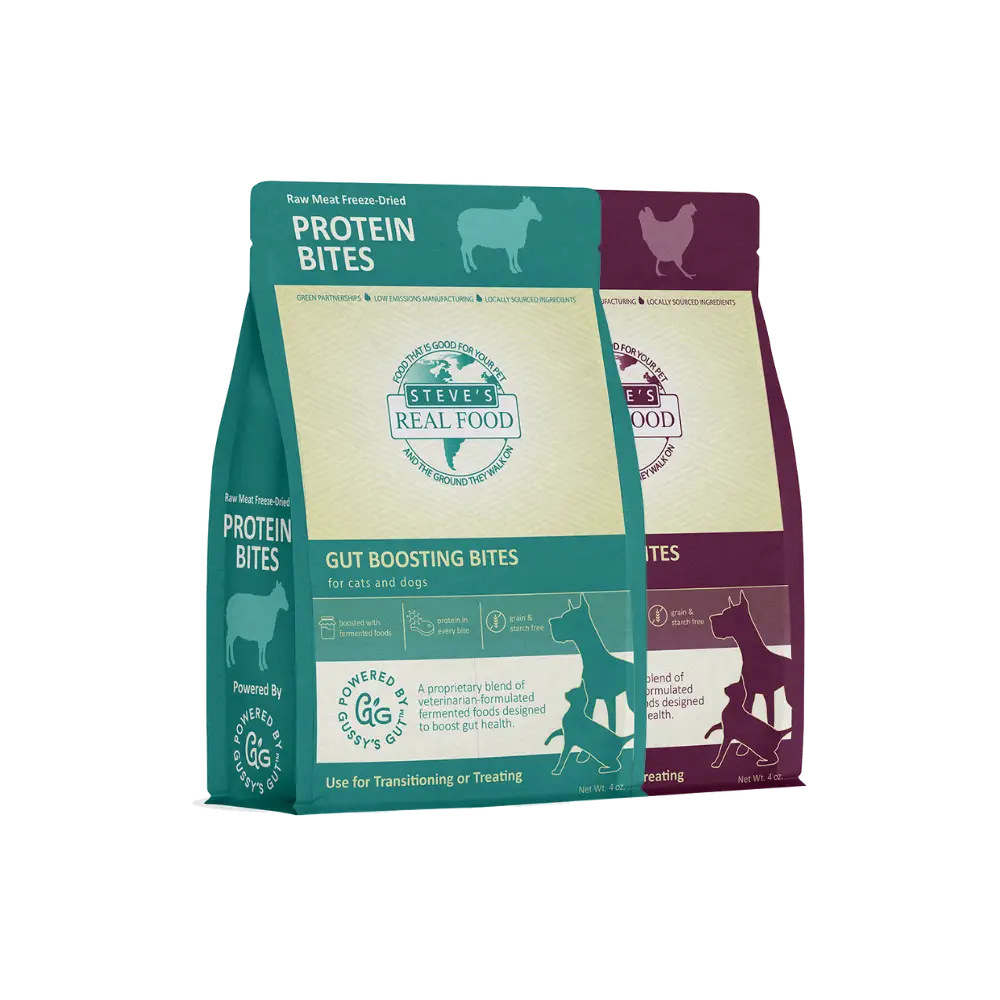 Freeze Dried Protein Bites
Freeze Dried Protein Bites
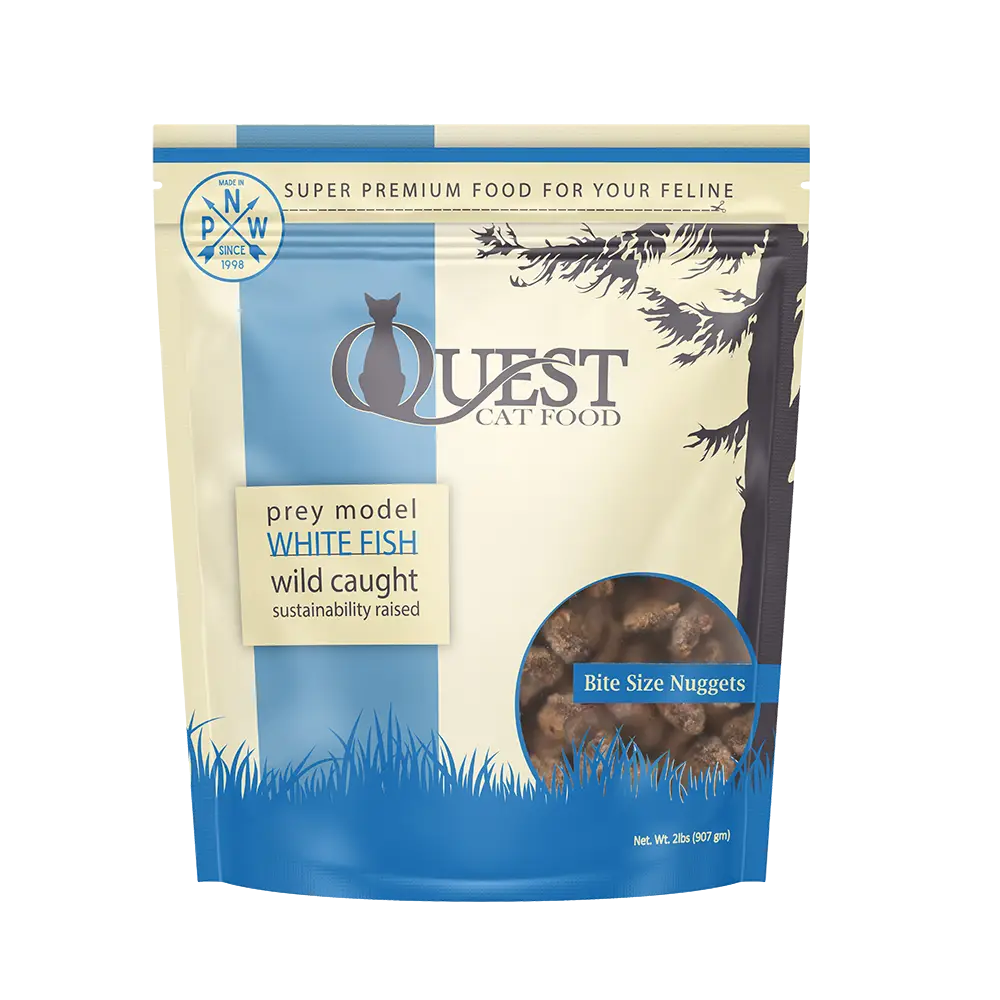 Frozen Quest
Frozen Quest
 Freeze Dried Quest
Freeze Dried Quest
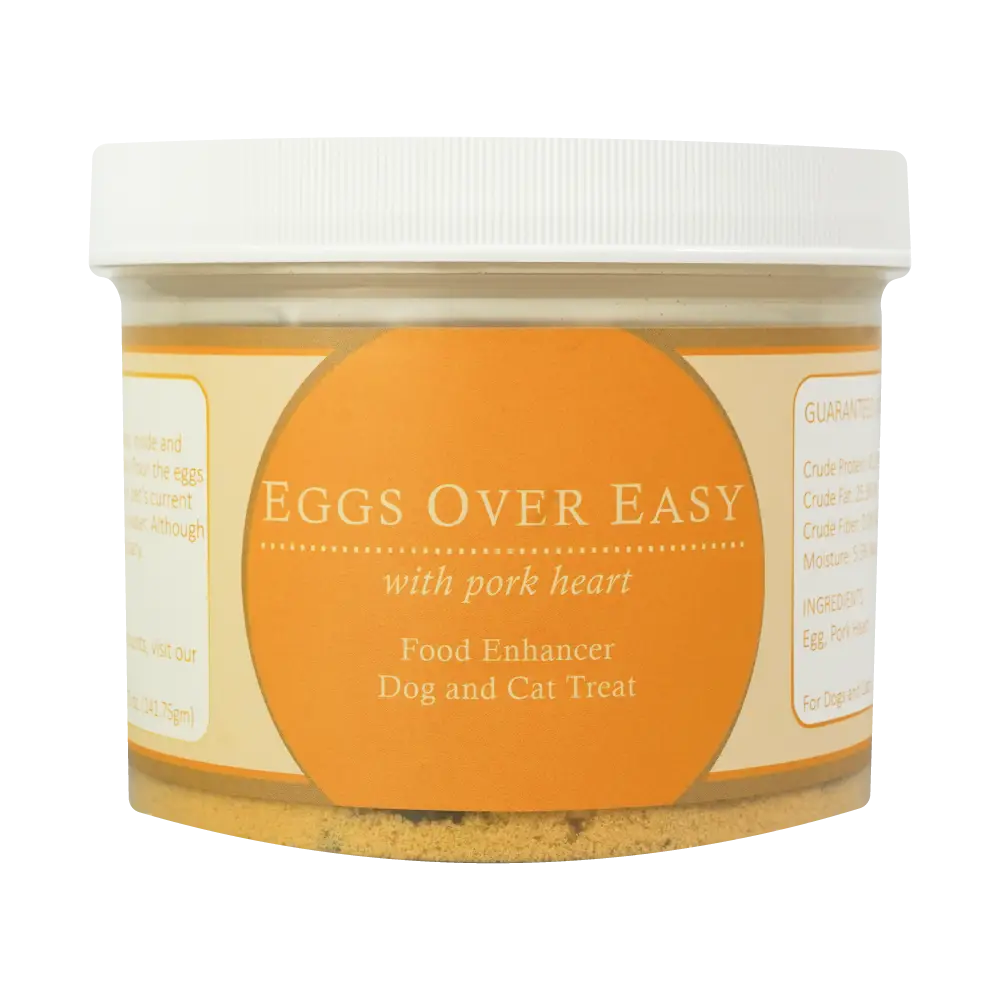 Eggs over Easy
Eggs over Easy
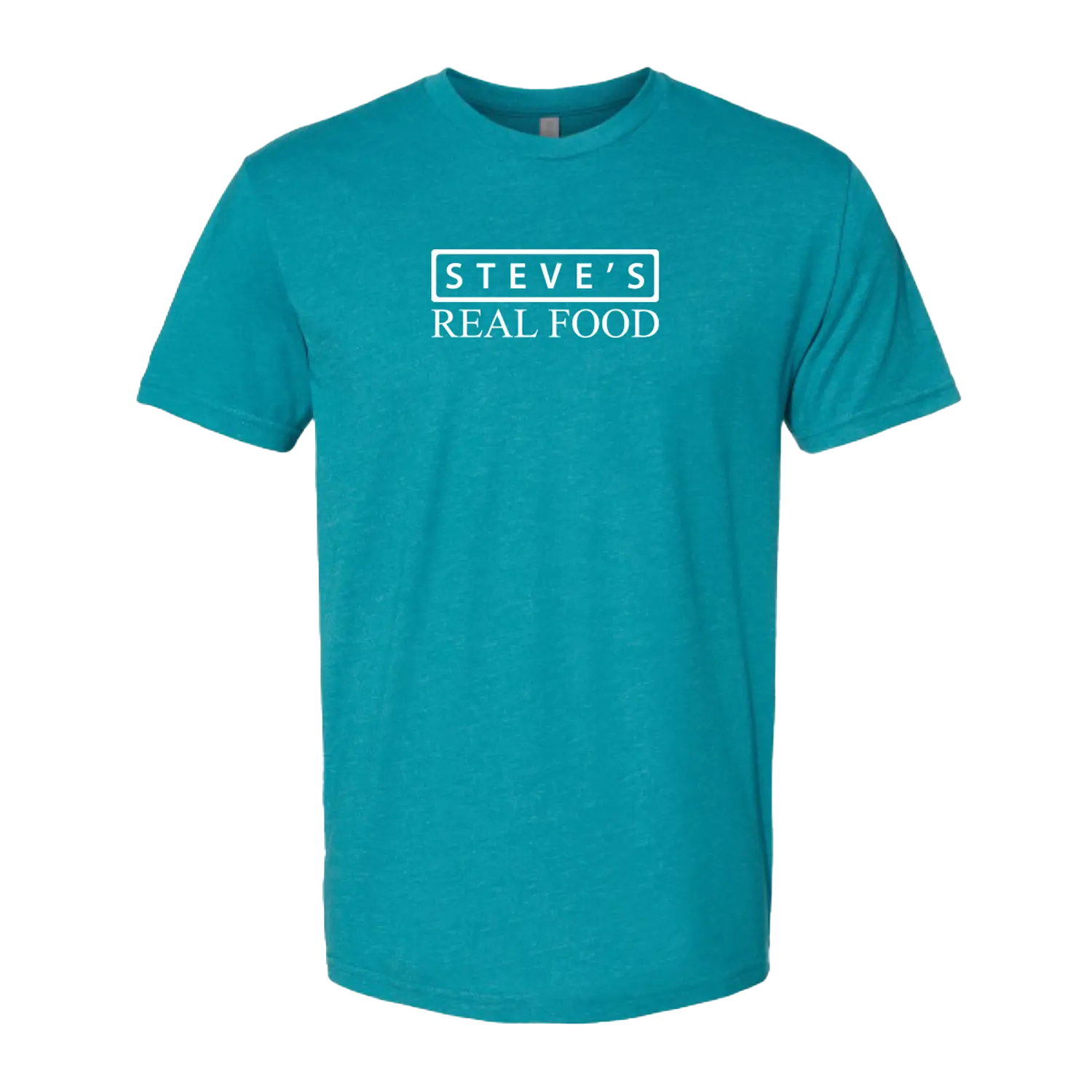 Steve's Merch
Steve's Merch 